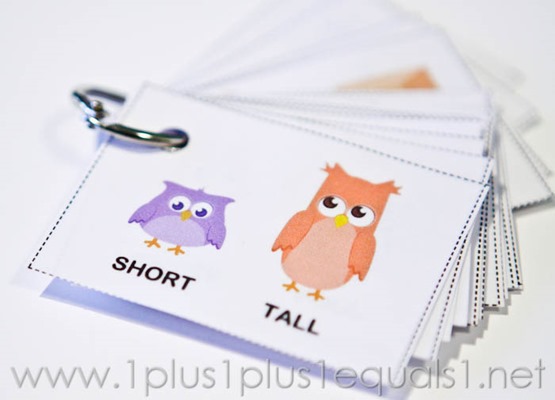Executive function is a set of mental processes that help us organize, make plans, focus our attention, remember things, and juggle multiple tasks. This week, you can SAVE 15%* on any of our books on executive function in students with autism. Use use our promo code EXECFXN at check-out!

Unstuck & On Target is a robust classroom-based curriculum book that helps educators and service providers teach executive function skills to high-functioning students with autism through ready-to-use lessons, materials lists, and intervention tips that reinforce lessons throughout the school day. Topics touched upon include flexibility vocabulary, coping strategies, setting goals, and flexibility in friendship. Lessons will target specific skills, free up the instructor’s time, fit easily into any curriculum, ensure generalization to strengthen home-school connection, and best of all, make learning fun and engaging for students in the classroom! The guide also comes with an accompanying CD-ROM that contains printable game cards, student worksheets, and other materials for each lesson.
Solving Executive Function Challenges is a practical resource for parents, teachers, and therapists helping high-functioning students with autism improve on their executive function skills. To be used with or without the curriculum Unstuck & On Target, this book contains strategies to teach EF skills, including setting and achieving goals and being flexible, as well as ideas for accommodations and actions to address common problems, such as keeping positive, avoiding overload, and coping.
Executive Skills in Children and Adolescents explains how executive function processes develop and why they play such a key role in children’s behavior and school performance. With more than 24 reproducible checklists, questionnaires, planning sheets, and assessment tools, this manual provides step-by-step guidelines and practical tools to promote executive skill development by implementing environmental modifications, individualized instruction, coaching, and whole-class interventions.
*Promotion is valid until May 24, 2016 at 11:59pm EST. Offer cannot be applied to previous purchases, combined with anyother offers, transferred, refunded, or redeemed and/or exchanged for cash or credit. Different Roads to Learning reserves the right to change or cancel this promotion at any time. To redeem offer at differentroads.com, enter promo code EXECFXN at checkout.

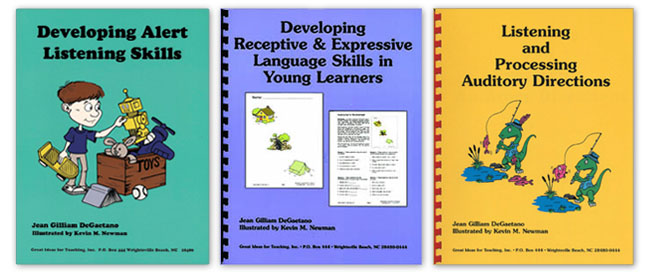

 Check out this
Check out this 


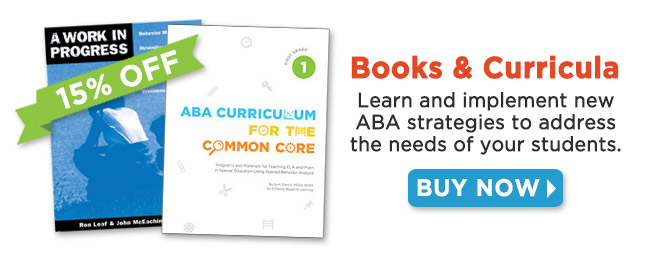
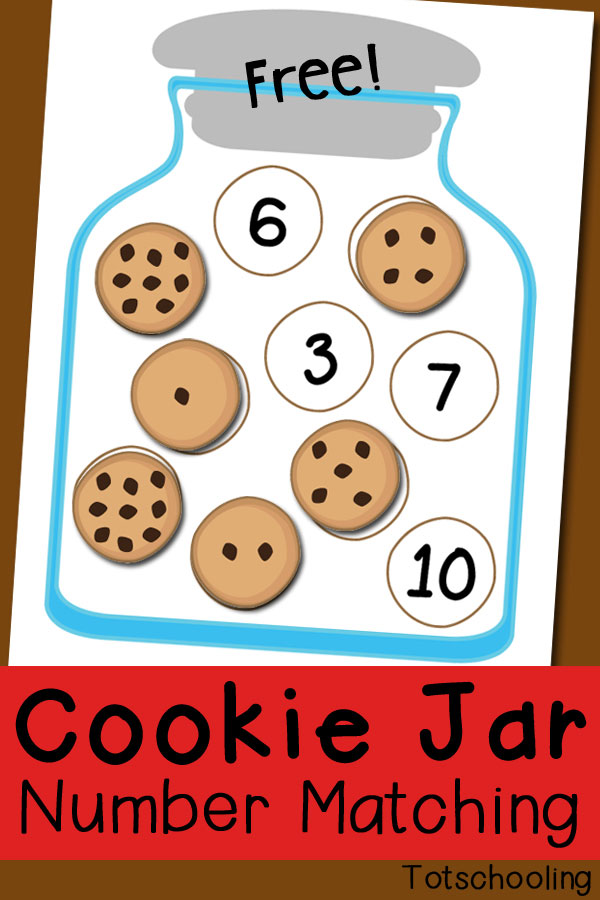
 You can download the free printable by clicking
You can download the free printable by clicking 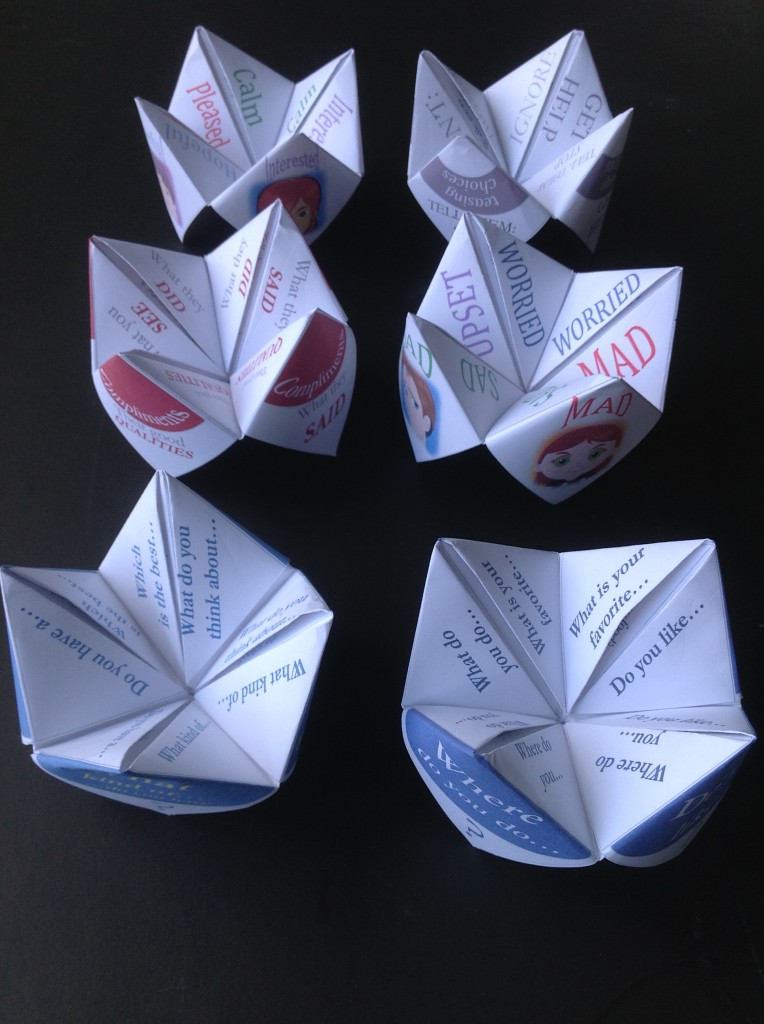 While these fortune tellers may not be able to tell your future, they are sure to help your children with autism develop their social skills! This free printable, created by Joel Shaul from
While these fortune tellers may not be able to tell your future, they are sure to help your children with autism develop their social skills! This free printable, created by Joel Shaul from 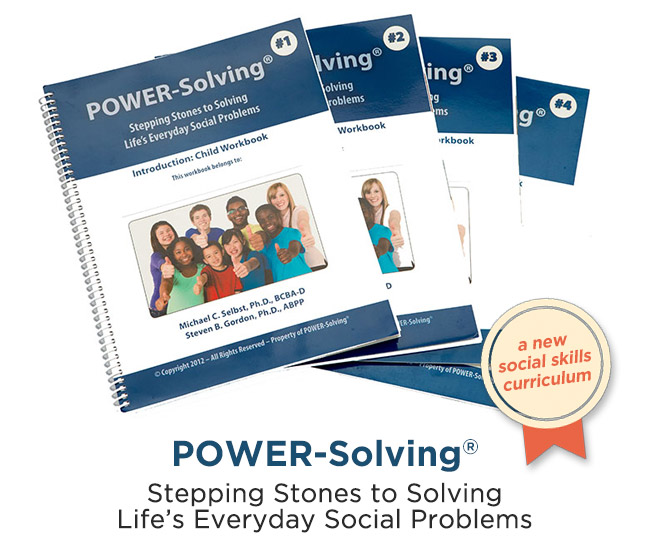
 We offer class kits including 5 or 10 sets of Student Workbooks and Facilitator Guides to accommodate larger groups.
We offer class kits including 5 or 10 sets of Student Workbooks and Facilitator Guides to accommodate larger groups. Each Student Workbook Set and Facilitator’s Guide Set covers 4 areas of everyday social situations:
Each Student Workbook Set and Facilitator’s Guide Set covers 4 areas of everyday social situations: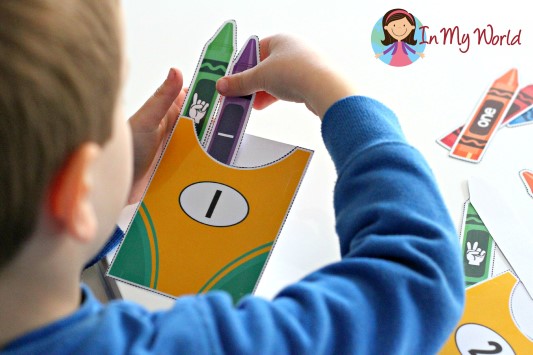 Get creative with this free number sorting activity designed by Lavinia Pop from
Get creative with this free number sorting activity designed by Lavinia Pop from 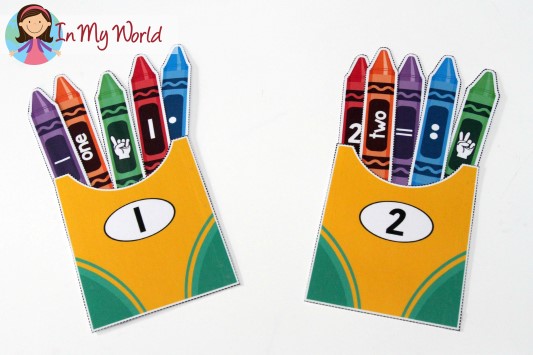 We recommend printing the activity on cardstock or laminating the crayons and pockets for longer use.
We recommend printing the activity on cardstock or laminating the crayons and pockets for longer use.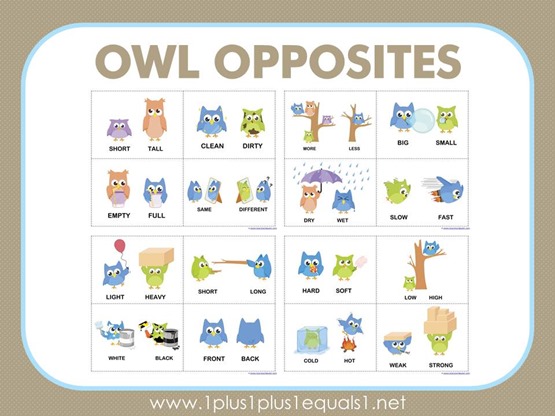 The entire set features an adorable pair of owl friends who demonstrate the following sixteen different opposites:
The entire set features an adorable pair of owl friends who demonstrate the following sixteen different opposites: